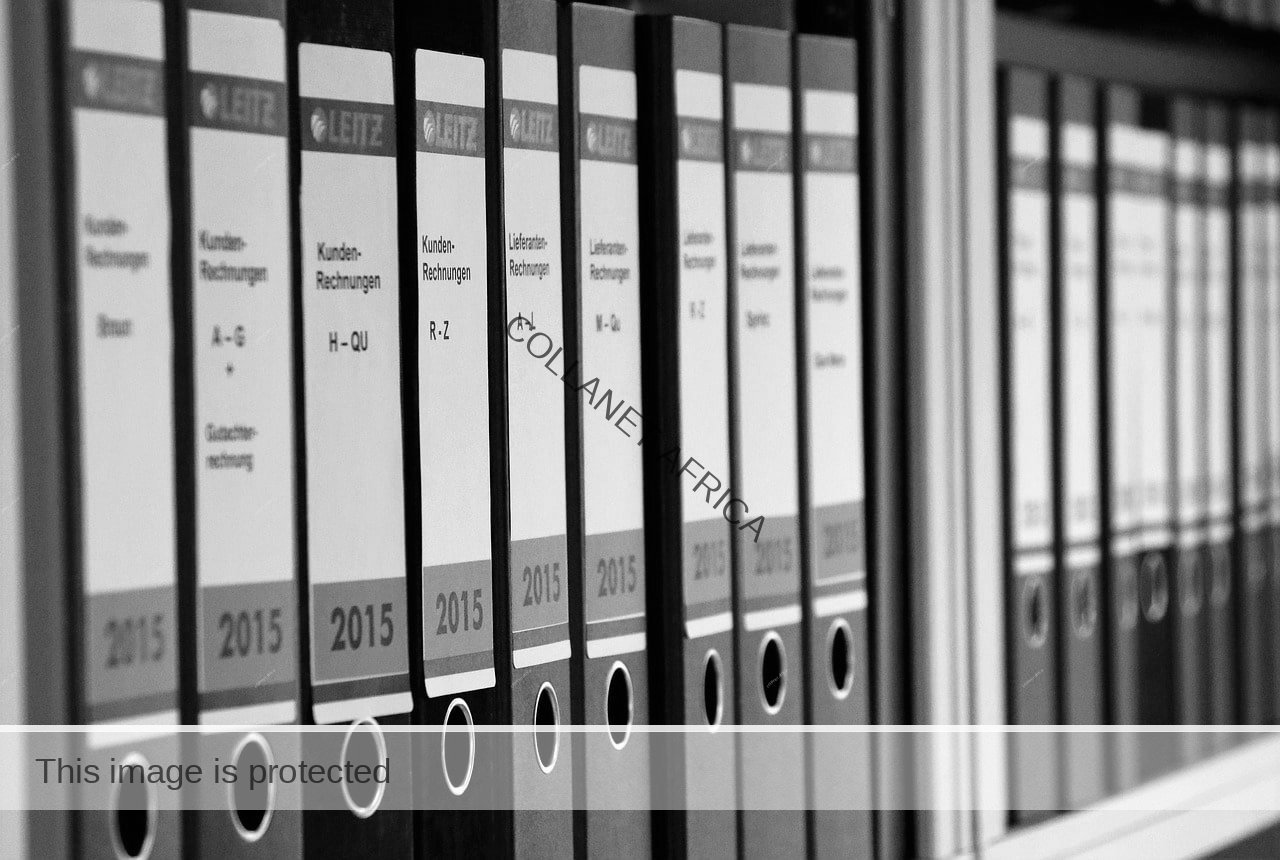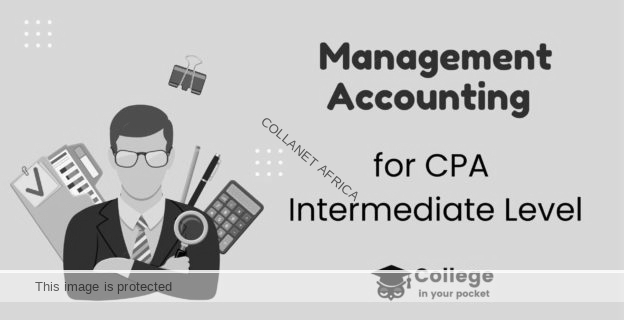This paper is intended to equip the candidate with knowledge, skills and attitudes that will enable him/her to apply the principles of cost estimation and cost and management accounting techniques and methods for decision making.
Learning Outcomes
A candidate who passes this paper should be able to:
- Estimate the cost of goods and services
- Analyse product costs for manufacturing and non-manufacturing activities
- Prepare marginal and absorption cost statements
- Analyse an organisation’s activities through budgetary control process
- Analyse variances for decision making
Downloads
Management Accounting Study Notes
Course Syllabus
- The context of management accounting
- Definition and scope of Cost and Management accounting
- Role of Management Accounting in decision making
- Users of Management accounting information
- Cost accounting as a subset of management accounting
- Management accounting and financial accounting
- Difference between management accounting and financial accounting
- Relationship between Management accountant and other managers
- Limitations of management accounting
- Costing terms and concepts
- Cost definition and identification
- Cost classification
- Cost classification bases; by time; by behaviour; by function; identification with stock; by relevance for decision making; by management control
- Types of cost systems
- Maintaining a cost database
- Introduction to cost estimation
- Non-mathematical methods
- Accounts Analysis method
- High-Low method
- Industrial Engineering method
- Mathematical methods
- Scatter graph method
- Ordinary Least Square method (simple regression only)
- Non-mathematical methods
- Cost accumulation
- Accounting for direct material cost
- Introduction to Material costing
- Objectives of material control
- Essential requirements of material control system
- Centralised and decentralized purchasing
- Periodic inventory system
- Perpetual inventory system
- Setting stock levels
- Factors influencing stock levels
- Relevant cost for inventory management
- The Economic Order Quantity
- Valuing inventory issues using FIFO, LIFO, standard cost method, weighted average, simple average and replacement cost method
- Accounting for direct labour cost
- Methods of labour remuneration
- Bonus schemes
- Factors influencing wages
- Accounting for overhead cost
- Overhead apportionment
- Primary overhead distribution
- Secondary overhead distribution methods (continuous allocation method, algebraic method, direct allocation method, sequential allocation method)
- Absorption of overheads
- Accounting for direct material cost
- Activity based costing
- Meaning of activity-based costing
- Distinction between activity-based costing and the Traditional absorption costing
- Classification of cost drivers
- The hierarchy of cost drivers
- Overhead absorption rates - ABC
- Income statements - one unit
- Income statement - total output/sales
- Product costing methods
- Introduction to costing methods
- Specific order costing; Job order costing; Batch costing
- Continuous operation costing; Process costing (normal process losses; abnormal process losses/gains); treatment of closing work in progress; treatment of opening work in progress (FIFO and Weighted Average cost methods); Process costing for joint products and by-products; distinction between joint-products and by-products
- Service costing
- Marginal and absorption costing
- Differences between marginal costing and absorption costing
- Comparative income statements
- Arguments for the use of marginal costing
- Arguments for the use of absorption costing
- Reconciliation statement
- Cost-volume profit analysis (break-even analysis)
- Introduction to C-V-P analysis
- Assumptions of C-V-P analysis
- Break-even chart
- Profit-volume chart
- Single product C-V-P analysis
- Multiple product C-V-P analysis
- Limitations of C-V-P Analysis
- Applications of marginal costing in decision making (make/buy decisions; discontinue a product; choice of a product where limiting factor exists; acceptance of a special offer); overriding considerations to the above decisions
- Budgetary control
- Introduction to budgets
- Essential features of a budget
- Objectives of budgetary control
- Difference between forecasts and budgets
- Types of budgets
- Classification based on time (long-term budgets, short-term budgets and current budgets)
- Classification based on functions (functional/subsidiary budgets, master budgets)
- Classification based on capacity (fixed budgets, flexible budgets)
- Preparation of budgets
- Functional budgets including cash budget and master budget
- Fixed and flexible budgets
- Introduction to budgets
- Standard costing and variance analysis
- Introduction
- Types of standards (basic standards, ideal standards, attainable standards)
- Advantages and disadvantages of standard costing
- Variance analysis
- Material cost variances (usage variance, price variance)
- Labour cost variances (efficiency variance, rate variance)
- Variable overhead variances (expenditure variance, efficiency variance)
- Fixed overhead variances (expenditure variance, capacity variance, efficiency variance and volume variance)
- Sales variances
- Causes of the various variances and remedies
- Introduction
Sample reading and reference material
- Tayles, M., & Drury, C. (2020). Management and Cost Accounting (11th edition). Cengage Learning EMEA.
- Arora, M. N. (2013). Cost Accounting: Principles & Practice (12th edition). New Delhi: Vikas Publishing.
- Storey, R. (1995). Introduction to Cost and Management Accounting. New York: Palgrave Macmillan.
- KASNEB e-learning resources (link on the KASNEB website).
- KASNEB approved study packs.

Login
Accessing this unit requires a login. Please enter your credentials below!



